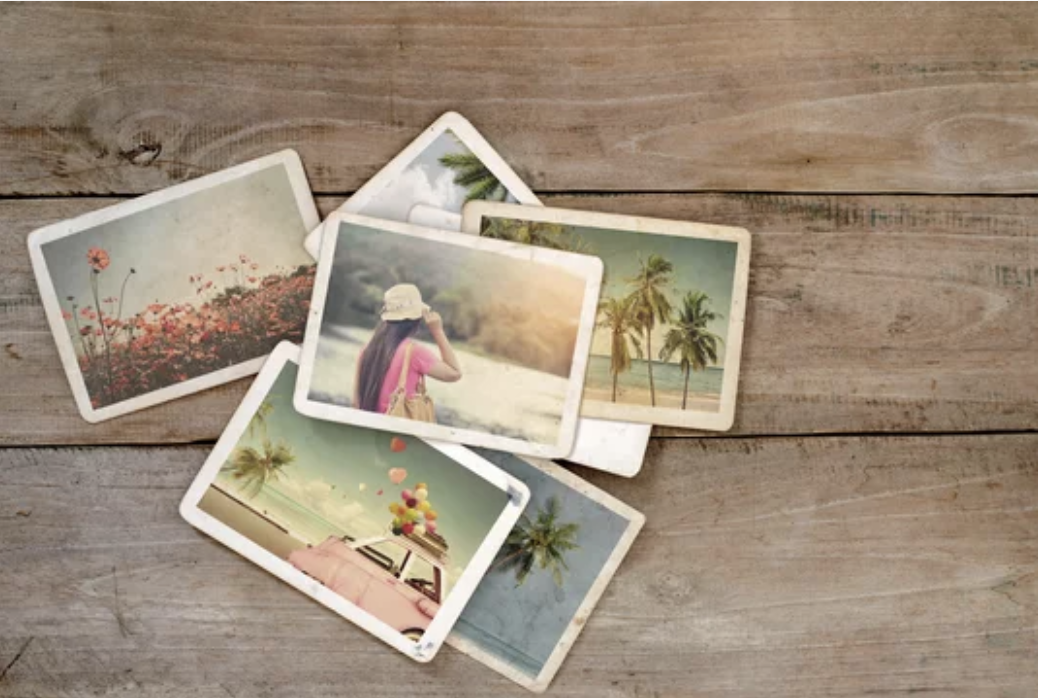How to look after your digital legacy
Do you remember what a ‘Kodak moment’ was?
It was funny, sweet, surprising or shocking – a moment where you’d kick yourself if you didn’t have a camera on hand to capture it.
Are they still as big a deal? If you own a smartphone, you’ve always got a camera nearby, so you never miss much. Within seconds, you can post your ‘moment’ on social media, or it’s automatically uploaded to the ‘cloud’ where it can live on forever.
But does it? Despite the hundreds – maybe thousands – of pictures on my 29-year-old daughter’s phone, she doesn’t keep physical copies. This means that if you look for framed photographs around her house it’s like time stopped still when she was 12. What’s a Kodak moment if you don’t ever see it?
A treasure trove of digital memories
I was thinking about this when I saw that the sister of 1980’s pop icon Steve Strange has backed a campaign to allow people to access their loved ones’ digital archives after they’ve died.
Steve died in 2015, and while his sister still gets royalties from his back catalogue (including the hit single Fade to Grey) this doesn’t include reams of pictures and content he’d loaded onto his private cloud and social media. A treasure trove with huge sentimental value for her.
Without the passwords to log in and download them, she fears these memories could be lost forever.
What happens next?
Collectively, we take more than 1 trillion photos a year. But how much thought do we put into what will happen to these after we’re gone? In the space of a few decades, we’ve gone from collecting dusty photograph albums, to saving images on CDs and floppy disks, to storing everything online.
There’s a huge legacy of digital assets hidden away in that device in your pocket. It’s not just your photos, but music collections, videos, documents – maybe even an undiscovered, half-started novel? Not to mention assets such as cryptocurrency and non-fungible tokens (NFTs) that have a monetary value but only exist in a digital world.
After you die though, if you’ve not passed on the accounts, usernames and passwords, they’ll be inaccessible to anyone else, or even deleted.
Why you need to think about protecting your digital legacy
You might think keeping tabs on your Facebook updates and whether your LinkedIn account remains active is a tad frivolous compared with who gets the family silver, but it’s not.
I tell my clients that protecting your digital legacy is almost as important as the plans you make for your more your tangible assets.
Not only does it helps safeguard important documents and photos you want loved ones to have access to. It can also ease the emotional burden – a clear plan for your social media accounts, for example, will mean avoiding upsetting notifications popping up for your friends and family (such as Facebook reminders about birthdays or anniversaries).
And organising everything from bank accounts to social media profiles means you can stay in control of your online identify, protecting against the practice of ‘ghosting’ – where fraudsters steal the online accounts and identities of the recently deceased.
So how do you look after your digital legacy?
There are three very important steps:
1) Firstly, find out what happens to your data. Your data doesn’t always disappear after you die and some tech companies have introduced more measures to help you manage your digital legacy: Facebook converts profiles to online memorials (which can be managed by a legacy contact), while Apple has introduced a right of survivorship, you can designate up to five legacy contacts to access your data, personal information, photos, documents, and even purchases
2) Keep a list of your online accounts, such as email, banking details, Facebook profile, and any digital assets with real monetary value, such as PayPal accounts, reward points, crypto currencies or NFTs. You can do this by downloading my handy checklist ‘What I own and where I keep it’.
3) Most importantly though, tell your family and friends what your plans are. Tell them where and how they can access your online passwords, with clear direction to your loved ones on what you want stored, memorialised, or destroyed. That will give you the best chance of your wishes being met – and ease the burden for others.
Planning for the inevitable doesn’t have to be morbid
We know well that making plans for after you die can mean difficult conversations.
But it doesn’t all have to be morbid. A client told me recently that her husband’s funeral (which happened to be on the hottest day of the year!) included the song White Christmas.
She’d been discussing this over coffee with a friend, and it turns out they’d enjoyed talking about things like the food, the playlist etc for their own funerals. This was, I might add, much to her son’s horror, who was listening in, but these things matter more at a certain age!
So while thinking about your digital legacy is an important step in its own right, maybe thinking about the lighter side of planning for the inevitable can also go a long way to taking the sting out of your decision making, and contribute to that all-important sense of overall peace of mind?
Want to find out more about how to include protecting your digital legacy in your Will? Please give me a ring on 01494 911 700.

